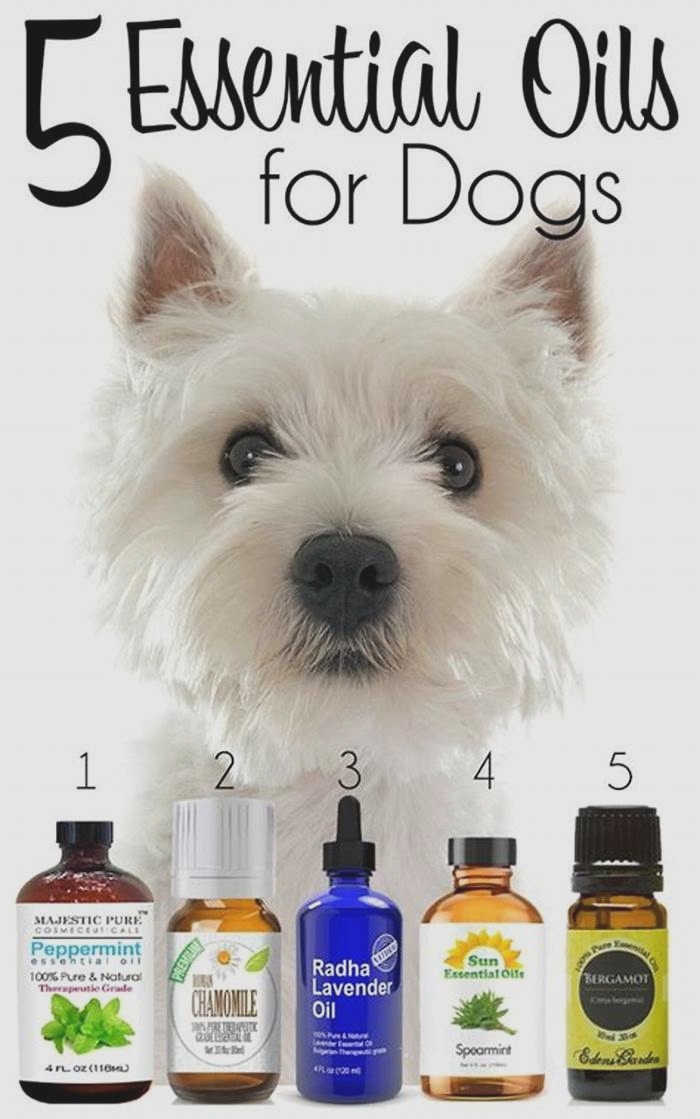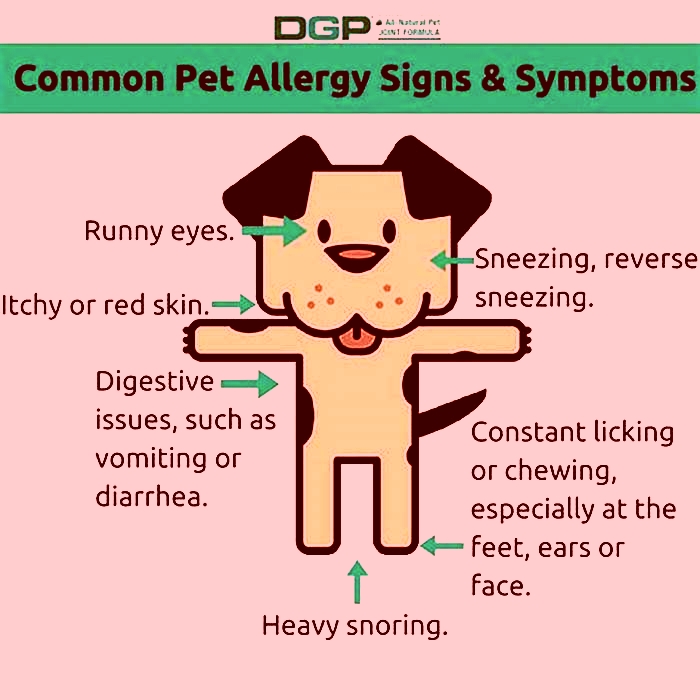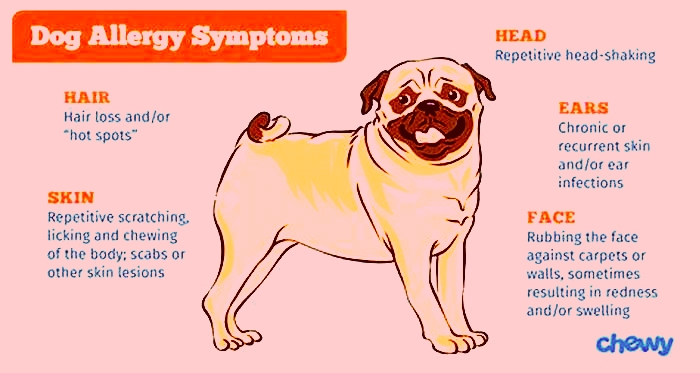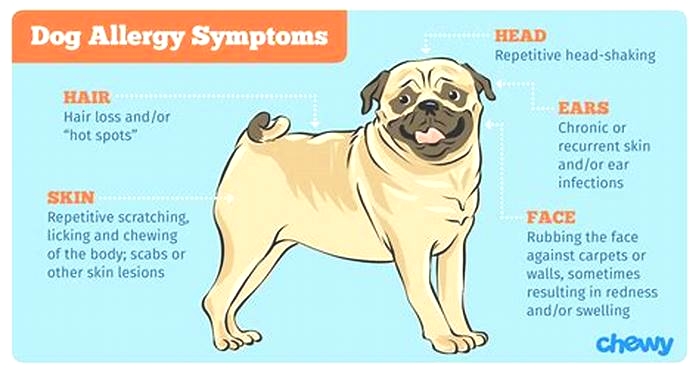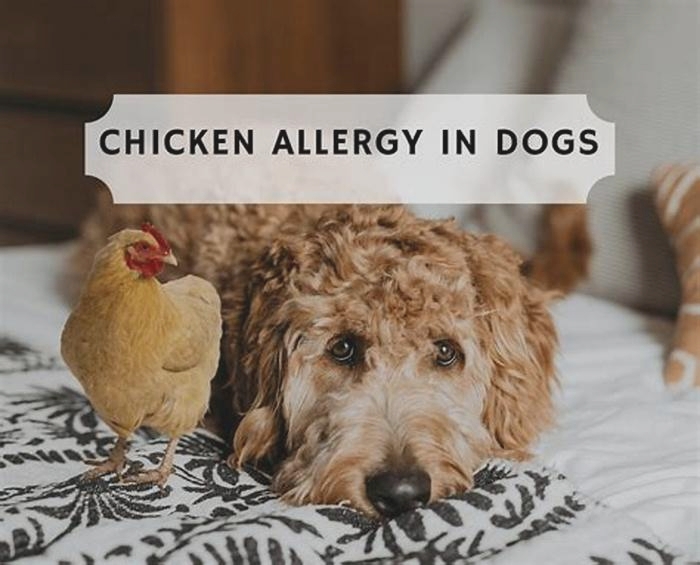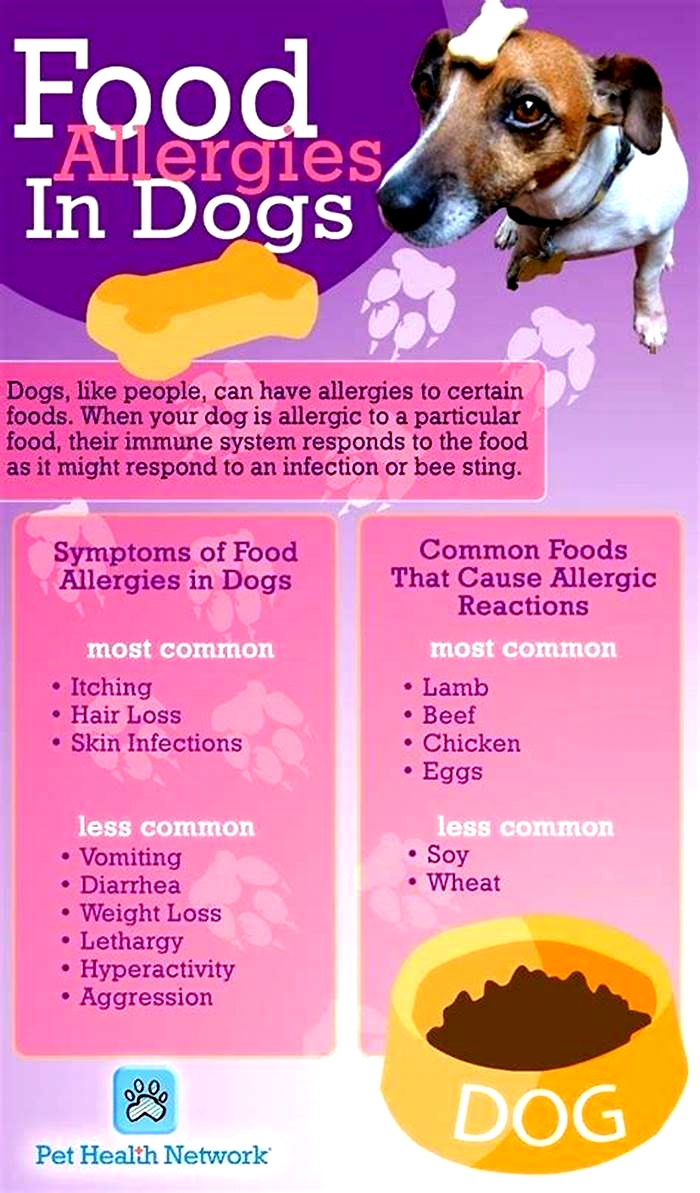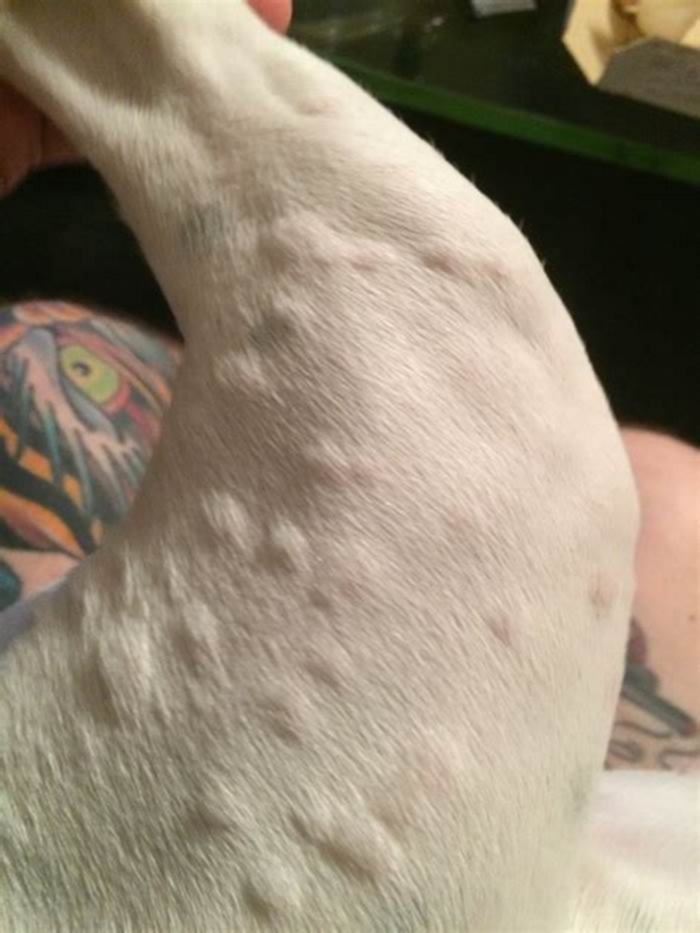How do I get rid of my dogs allergies
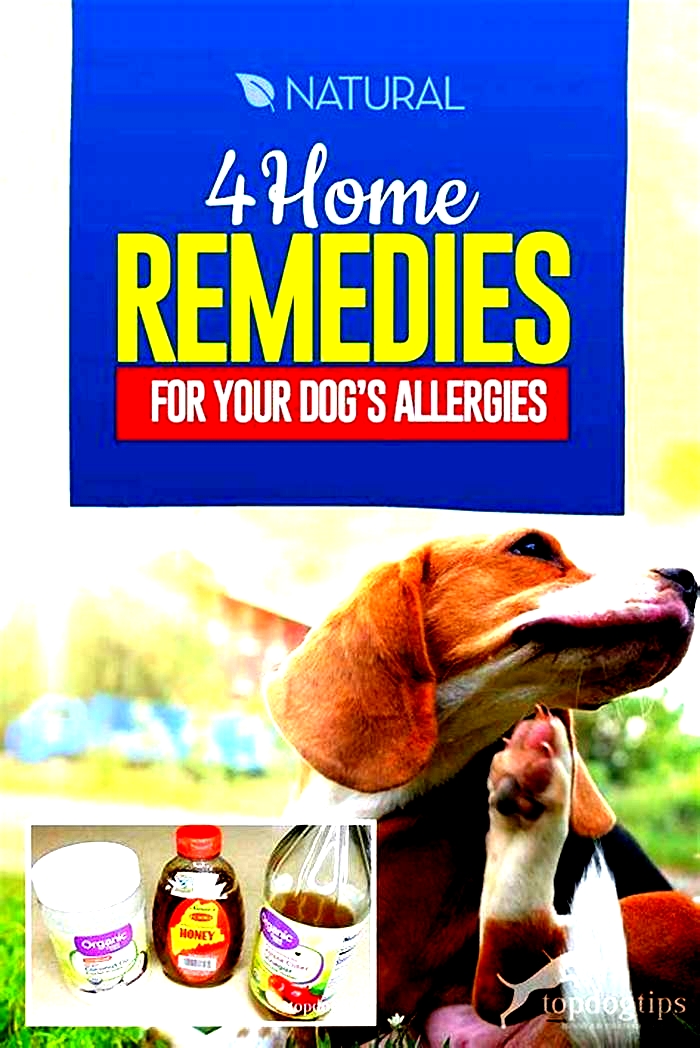
9 Ways To Get Rid of Dog Allergies (Simple Steps)
Owning a pet comes with plenty of perks from companionship to stress relief, unconditional love, and many other bonuses.
In most cases pet owners consider their pets as part of their family.
But what do you do when one of your family members is always making you sick?
We`re referring to the allergy-causing pet dander which can cause unpleasant and uncomfortable health complications like sinus pain, itchy eyes, a runny nose, or even skin reactions.
While you may not exactly become immune to dander, well discuss some simple ways you can get rid of dog allergy symptoms.
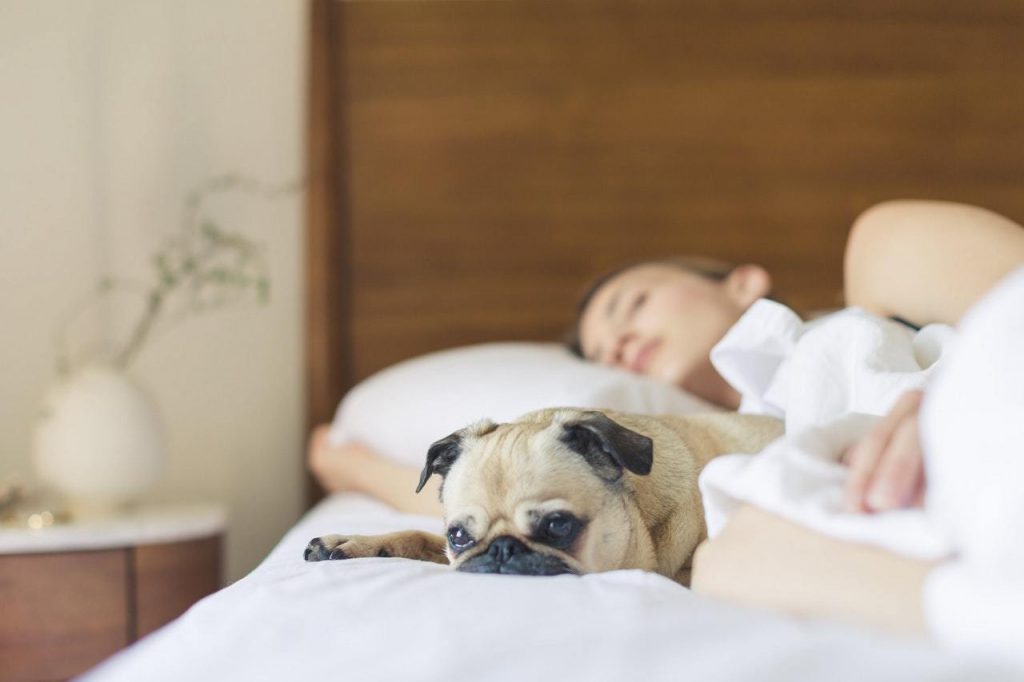
Our website is reader-supported through affiliate programs. If you purchase via links on our site we may earn a small commission.
Please note that this advice is for informational purposes, and is NOT professional medical advice. If you suffer strong or severe allergy symptoms, we strongly encourage you to see a qualified medical specialist about your condition.
Tips For Eliminating Dog Allergy Symptoms
1. Clean More Often
Yes, I know cleaning is no fun, but pet dander, the most common type of dog-produced allergen, sticks to anything it lands on.
It takes some effort to reduce allergy-causing pet dander in your house, however simply cleaning household surfaces is sufficient to remove pet dander, and a quick clean every few days helps enormously.
You should also pay special attention to carpet, especially since foot traffic causes dander particles to continuously be thrown back into the air you breathe.
Did you know that dried dog saliva and urine also cause allergy symptoms?
If your dog likes to sleep in one spot on the carpet, then its likely there will be dried saliva there, and these particles can become airborne.
The best way to clean your carpet is to use a vacuum cleaner withHEPA filters, and for solid surfaces, a simple wipe with a damp cloth is sufficient to remove the dog dander.
2. Groom Your Pet Regularly
Let`s face it, most dog owners do not bathe their dogs as required, usually due to a lack of time, or not enjoying the chore of grooming.
Either way failing to bathe your dog will contribute to the build-up of allergens in your dogs coat.
Regular brushing can also be great to loosen and remove dead skin cells, but if you already have allergy symptoms then breathing the loosened particles can give you a nasty reaction so wear a mask while you brush.
According to the Humane Society, bathing your dog at least once a week is sufficient to reduce the number of allergens in your dog by 84%.
Though a simple dip and scrubbing with plain water can do, it`s recommended that you bathe your dog using the a good dander shampoo.
Shampoo is not only essential for removing dander, but some have ingredients to improve your dogs skin, which in turn lowers the amount of dander produced.
Read our article about anti-itch shampoos for dogs to find out more.
3. Use Dander Removal Spray
For whatever reasons, you might find that bathing your dog is a grueling task.
If that`s so, using a dander spray remover is your next best option, they are extremely easy to use, and are recommended by vets and allergists.
Dander spray contains natural enzymes, which are responsible for fighting pet dander as well as reducing the pet odors.
The spray is handy, especially for pet owners who are expecting visitors who are allergic to dogs, and studies have found vastly reduced dander loads in homes where the spray is used weekly.
Most sprays come with a set of grooming gloves, so you just spray your dogs coat and brush them over with the gloves once a week easy!
See some dander removal sprays at Amazon
4. Install A HEPA Air Purifier
Your ability to clean your household items can only go so far. You`re surely going to miss some places, and there are times when you cant get around to cleaning life gets busy.
Installing HEPA filters in your HVAC system, or free-standing air purifiers is a great solution to filtering microscopic pet dander from the air you breathe in your home.
Air purifiers with HEPA filters work by drawing in small airborne particles and trapping them in the extremely fine filter, with pure clean air returned to the room.
What many users love about HEPA filters is that besides removing dander, they also remove other allergy-causing particles such as mold, lint, and dust.
Most importantly, the air filters can provide a constant flow of fresh and quality air into your household.
See our recommendations for effective HEPA furnace filters
5. Designate Pet Free Spaces In Your Home
Yes, as much as we often like to have our favorite friends sitting on our bed wagging their tails, if youre an allergy sufferer then this brings the problem to the worst possible place.
Anywhere you spend large amounts of time will expose you to more allergens, so its worth thinking about where you do and dont want your dog to be.
One other obvious place is your lounge suite, as you will likely sit there regularly binge-watching some bizarre new Netflix series!
Once you make a final decision, then you can either close doors to those rooms, or train your dog to know where they are allowed to go in your house.
6. Cover Your Furniture With Washable Hypoallergenic Covers
Allowing your dog to roam freely in every corner of your household, including the bedroom is not a good idea.
Once they are on your bed, your pooch is likely to leave traces of dander, which is highly likely to cause an allergic reaction while you sleep there for 8 hours night after night.
However much you try to restrict your dog from sleeping on your bed or lounge suite, sometimes they may sneak where they shouldnt be especially the cheeky ones!
Removable and washable covers are one way you can help combat this problem, as they will protect the surfaces underneath from getting loaded with allergens, and can be cleaned regularly.
Get hypoallergenic bedding covers at Amazon
7. Use A Dust Mite Spray
Aside from having allergic reactions to pet allergens, quite often people have reactions to the microscopic creatures that feed on those allergens such as dust mites.
Reducing dander around your home will help reduce dust mite numbers, since they will have less food, however you can reduce the occurrence of dust mites further with special sprays.
Get mite and allergy control sprays at Amazon
8. Allergy Immunotherapy
Also referred to as allergy shots,allergy immunotherapyis a treatment option that lessens your reaction to the allergens you get treated for.
Similar to a vaccine jab, allergy shots work by decreasing your sensitivity to dog allergens, helping to greatly reduce your symptoms.
Allergy shots work by exposing the human body to mild amounts of allergy-causing contaminants, and helps the body to build up an immunity or tolerance to the allergens.
To get these you will need to speak to your doctor for advice.
9. Get Rid Of Your Dog
Before you begin demonizing me, this is the first thing an allergist will recommend, but obviously for any true dog lover this is the absolute last resort.
While giving your dog away is completely unthinkable, to some the daily misery of strong allergy symptoms is too much to handle.
Though the idea is heartbreaking, it does not mean you can never see your dog again.
You could take them to a farm, give them to a family member, or friend who you trust to look after and love your dog as much as you do.
Sources
https://www.aaaai.org/conditions-and-treatments/library/allergy-library/allergy-shots-(immunotherapy)
Seasonal Allergies in Dogs
What Are Seasonal Allergies in Dogs?
Dogs can be allergic to various things in the environment, such as pollen from trees and grass. If a dog displays allergy symptoms only during certain seasons, such as spring and fall, a seasonal allergy rather than a year-round allergy is suspected. This means that the dog is allergic to allergens that are in the environment only during certain times of the year.
Dogs with seasonal allergies can be itchy in specific areas, such as their paws, or be itchy all over. They can also have recurring ear infections and skin infections when they are exposed to various environmental allergens at certain times during the year.
Seasonal allergies are different from year-round environmental allergies and food allergies because symptoms are observed only during specific times of the year, depending on what the dog is allergic to and when the specific allergens are prevalent in the environment. In contrast, dogs with year-round allergies will have skin issues all year long.
Most dogs with seasonal allergies have symptoms during the spring (March through May) and fall (September through November), but this can vary based on weather and location.
Types of Seasonal Allergies in Dogs
The following allergens commonly cause seasonal allergies in dogs:
Symptoms of Seasonal Allergies in Dogs
Symptoms will vary depending upon the dog, but may include:
Excessive licking, usually of the paws, but the licking can be anywhere on the body
Saliva staining of the fur where the dog is licking the skin excessively
Chewing/gnawing
Scratching
Hair loss
Redness of the skin
Crusts
Moist skin
Darkening of the skin (black pigmented skin)
Thickening of the skin (elephant skin)
Odor to the skin or ears
Head shaking
Pawing at the ears, eyes, or face
Recurring scooting or licking of the anus due to anal sacs becoming problematic secondary to allergies
Watery eyes
Reverse sneezing
The most common areas of a dogs body that are affected by seasonal allergies are the paws (especially between the digits), limbs, mouth, ears, abdomen, groin, armpits, tail, and around the eyes.
Causes of Seasonal Allergies in Dogs
A dog that suffers from seasonal allergies has an immune system that is hypersensitive to specific allergens in the environment. When the levels of the allergens become high, the dogs immune system becomes triggered, leading to an allergic response and the development of symptoms.
How Veterinarians Diagnose Seasonal Allergies in Dogs
Seasonal allergies are diagnosed based on physical exam findings, symptoms, and a history of having recurring symptoms and infections during the same seasons annually.
Other skin conditions that can cause similar symptoms must also be ruled out, such as skin mites, fleas, or a food allergy, to reach a diagnosis of seasonal allergies. If fleas are found on a dog with symptoms of severe itchiness, redness, and hair loss, then a flea allergy is diagnosed and the dog is started on effective flea and tick prevention and anti-itch medication to see if symptoms resolve.
Treatment of Seasonal Allergies in Dogs
Seasonal allergies are a chronic condition, which means there is no cure. However, there are ways to treat and manage symptoms to keep your dog comfortable, including:
Year-round flea and tick prevention such as NexGard, Simparica, Bravecto, Seresto collar,and K9 Advantix II
Anti-itch medications such as Apoquel, Cytopoint, and prednisone are prescribed to alleviate any current itchiness and to manage the itch during flare-ups. If the itch can be controlled, the dog will remain comfortable and be at less risk for secondary skin infections.
Once the allergy seasons are determined for a dog based on prior history, the anti-itch medication is started one month prior to the start of the allergy season and continued one month past when the allergy season ends.
An omega-3 fatty acid (fish oil) supplement, such as Welactin, Vetoquinol, or Dermaquin, will protect the skin barrier and minimize allergy symptoms.
An omega-3 fatty acid supplement can also help with anal gland issues for dogs that tend to need their anal glands expressed more frequently during allergy season. It takes four to sixweeks for an omega-3 fatty acid supplement to become effective, so it is best for a dog with seasonal allergies to be on this supplement year-round.
Routine ear cleaning can help clear a current ear infection and reduce the frequency of future ear infections. If an ear infection is present, treat the infection and clean the ears based on recommendations from your veterinarian. When there is no infection, clean the dogs ears with a routine ear cleaner, like EpiOtic Advanced, on a routine basis throughout the year (typically every two to threeweeks for maintenance).
Ear medications, such as Mometamax, Posatex, and Tresaderm, are prescribed to treat bacterial and/or yeast infections in a dogs ears. After treatment, make sure to schedule a follow-up appointment with your veterinarian to recheck that the infection has resolved.
Oral medications are often needed when a dog has a skin infection on multiple areas of the body. Antibiotics, such as clindamycin and cephalexin, are prescribed to treat bacterial skin infections, and anti-fungal medication, such as ketoconazole, is prescribed to treat fungal skin infections, such as yeast infections.
Topical therapy can be used to soothe the skin and help with treatment of skin infections. There are many topical therapy options, including anti-bacterial and anti-fungal ointments, shampoos, conditioners, mousses, sprays, and wipes. Ask your veterinarian which topical therapy would work best based on your dogs allergy symptoms and current skin condition.
Immunotherapy for Dogs With Seasonal Allergies
Immunotherapy consists of either allergy shots or allergy oral drops that are formulated based on allergy test results. To determine what environmental allergens a dog is most allergic to based on where the dog lives, a blood test can be performed by your veterinarian using a specific blood test (Heskas Allercept or Nextmunes Pet Allergy Xplorer) to screen a dog for environmental allergies.
In addition to the allergy blood test, a veterinary dermatologist will also perform intradermal testing, which involves injecting small amounts of various environmental allergens into a dogs skin in specific locations. The injection sites are then monitored over a period of time for signs of a skin reaction. If a reaction is seen, then the dog is likely allergic to the allergen that was injected at that site.
It is important to note that the allergy (blood) testing and the intradermal testing are not performed to provide a diagnosis of seasonal allergies. Rather, they are used to aid in creating immunotherapy treatment for a dog that has been diagnosed with seasonal allergies. The goal with immunotherapy is to desensitize a dog to the environmental allergens that trigger the allergy symptoms. Immunotherapy is usually given long-term at a maintenance dose.
It is difficult to limit a dogs exposure to certain allergens. Pollen from trees, grass, or weeds can be tracked into the house easily. Wiping a pups paws when they come inside can sometimes be helpful.
Recovery and Management of Seasonal Allergies in Dogs
Seasonal allergies are not only frustrating for dogs but also for pet parents, because they are not curable. Fortunately, though, with seasonal allergies, symptoms can be managed by knowing what seasons trigger a dogs symptoms and initiating treatment prior to the start of each allergy season. Anti-itch medication should manage the itch throughout each season so that the dog is not scratching, licking, or chewing at the skin, which can lead to secondary skin infections.
Cleaning your dogs ears every two to three weeks year-round with a routine ear cleaner is important to minimize the risk of an ear infection to develop. The ears should also be cleaned after your dog has a bath or partakes in a water activity, such as swimming, to remove any water from within the ear canals. Giving an omega-3 fatty acid supplement daily year-round can provide skin support as well. Management of seasonal allergies is usually lifelong unless a dog is able to move to an area where the allergen that is causing the reaction is no longer present.
Monitor your pet for the following symptoms throughout the year:
Itchiness (scratching, licking, gnawing, chewing)
Head shaking or pawing at the ears or eyes
Any skin lesions (such as redness, crusts, thickened or black pigmented skin)
Odor to the skin or ears
If you see any of these symptoms, schedule a vet appointment as soon as possible. Your dogs skin condition can worsen quickly if allergy symptoms are not controlled. If your dog is licking or chewing, have them wear an e-collar until the appointment to prevent further worsening of the skin. Your veterinarian will prescribe treatment to make your dog more comfortable and treat for any skin or ear infection, if present. Managing a dogs allergy symptoms with therapy and reporting to your veterinarian any skin issues as they arise are the most effective ways to help a dog with seasonal allergies.
WRITTEN BY
Michelle Diener, DVMVeterinarian
I live in Raleigh, North Carolina. I obtained by BS degree in Biology at UNC-Chapel Hill in 2000 and my DVM degree at NCSU in 2006. I have...

